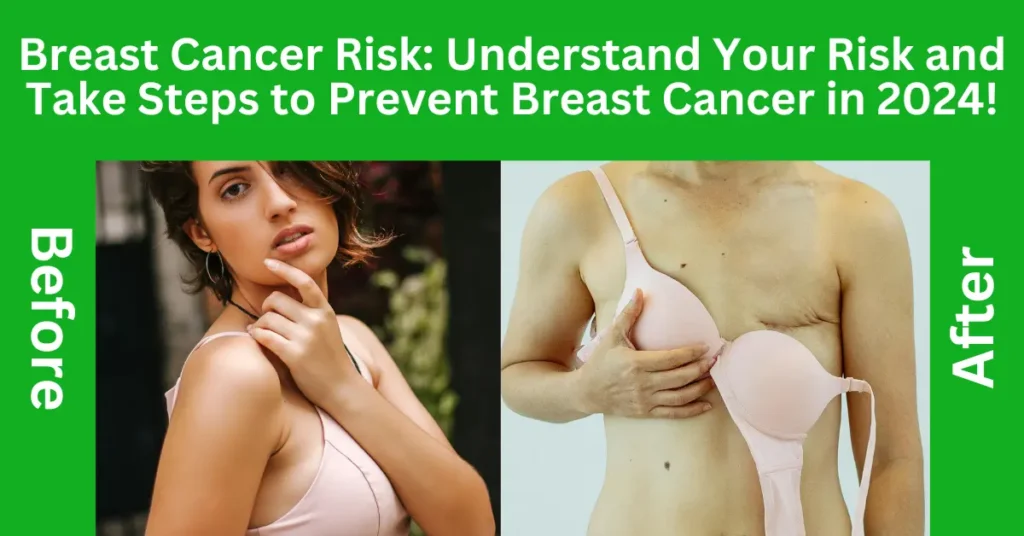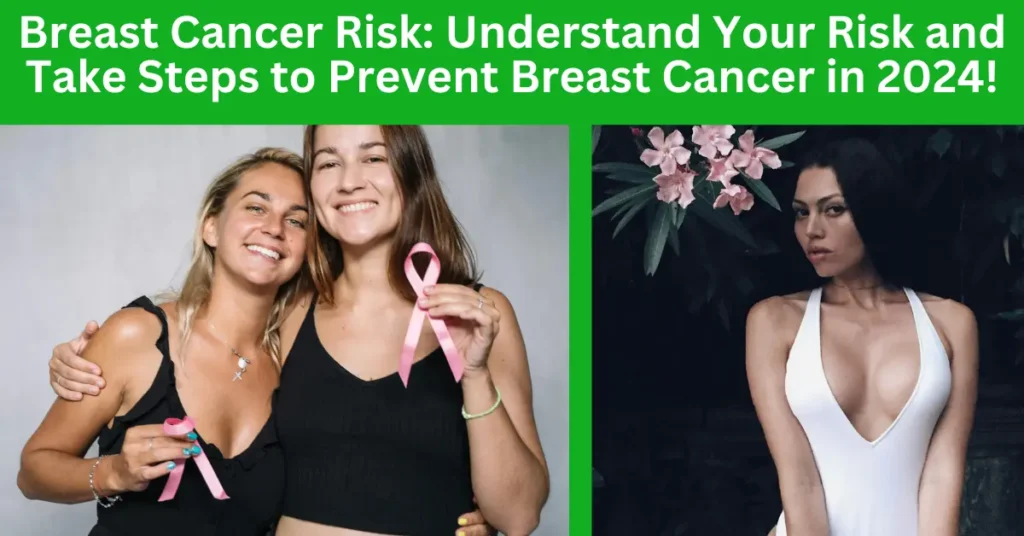Breast cancer is one of the most prevalent and serious health problems globally. As we continue to seek ways to understand and evaluate breast cancer risk, the complexity is increasing. It is also important to highlight home remedies that can complement traditional treatments.
Introduction to Breast Cancer
Breast cancer is a fatal disease that originates in the cells of the breast tissue. This abnormal growth of cells causes abnormal change in the size of the breast. If not detected and treated early it can spread to surrounding tissues and other parts of the body.
Understanding Breast Cancer Risk
There are a variety of factors that put a person at risk for developing breast cancer. These factors include genetic predisposition, hormonal influences, lifestyle choices, and environmental exposures. Understanding these risk factors is important for effective risk assessment and individualized health care planning. >>price details<<
What is the breast cancer risk score?
The breast cancer risk score is a numerical value. Which estimates the probability of a person developing breast cancer over a specific period of time. This helps health care professionals tailor screening recommendations and preventive measures to each individual’s unique risk profile by taking into account various risk factors.
Importance of Breast Cancer Risk Assessment Score
Breast cancer risk assessment scores play an important role in early detection and personalized health care. Health check-ups help identify high-risk individuals early. May recommend more frequent screening, genetic testing, and preventive interventions to reduce breast cancer.
Factors Considered in Breast Cancer Risk Assessment Score
Many factors are considered in breast cancer risk assessment. Those include genetic predisposition, lifestyle factors (such as diet and physical activity), hormonal influences (such as hormone replacement therapy), and environmental exposures (such as exposure to radiation or chemicals).
Note: If you want know about the Supplements for Breast Cancer you may watch this informative Video.
Ways to assess breast cancer risk
Estimating breast cancer risk involves a variety of methods. Those include clinical evaluation, genetic testing, and imaging techniques such as mammography and MRI. These methods help health care professionals to evaluate an individual’s risk profile and formulate screening and preventive strategies accordingly.
Understanding Breast Cancer Risk Categories
Breast cancer risk is classified into low, moderate, and high risk groups. This classification is based on individual risk factors and assessment scores. These categories help health professionals make informed decisions. They guide choices regarding screening and preventive measures. >>Check price<<
Implications of Breast Cancer Risk Score
Breast cancer risk scores influence screening recommendations and preventive interventions. Higher-risk individuals may require a more intensive screening protocol. They may also benefit from genetic counseling. Risk-reducing interventions may be recommended for them.
Challenges in Breast Cancer Risk Assessment
Despite advances in risk assessment, accurately predicting breast cancer risk is still challenging. Incomplete family history and genetic differences complicate risk assessment. Emerging risk factors further add to the complexity. These challenges highlight the need for continuous improvement of risk assessment models.
Latest advances in breast cancer risk prediction
Recent technological advances, such as artificial intelligence and machine learning, improve the prediction of breast cancer risk. These technologies analyze large datasets to detect patterns and risk factors. This allows for a more accurate assessment of risk.
It also enables individualized intervention for better results.
Empowering patients with knowledge
It is important to empower patients with knowledge about breast cancer risk. Educating them about preventive measures promotes proactive health care decisions. Knowledge about modifiable risk factors is essential. Understanding screening guidelines and available interventions helps individuals take control of their health.
Community Support and Resources
Community support organizations are essential for individuals at risk for breast cancer. They provide education, support, and access to screening programs. Services include support groups and educational materials. Financial assistance is also provided for screening and treatment.
Myths and misconceptions about breast cancer risk
It is important to dispel myths and misconceptions about the risk of breast cancer. Accurate understanding promotes informed decision making.
Providing accurate information helps reduce fear and stigma. This contributes to a more supportive environment for people affected by breast cancer.
Promote early detection and intervention
Promoting early detection is important for better breast cancer outcomes. Regular checkups and prompt intervention are necessary. Encourage mammograms, clinical breast examinations and self-exams. >>More products<<

